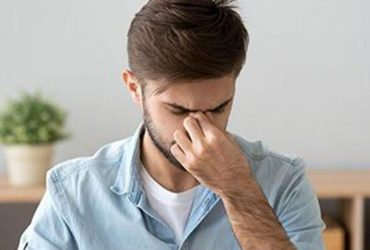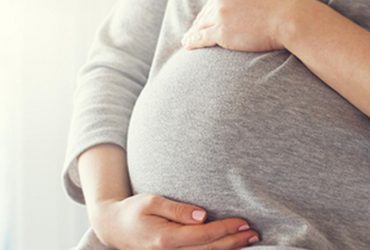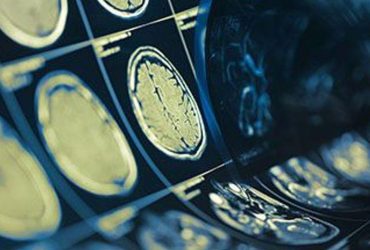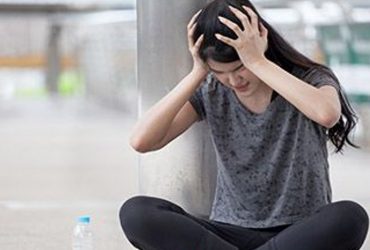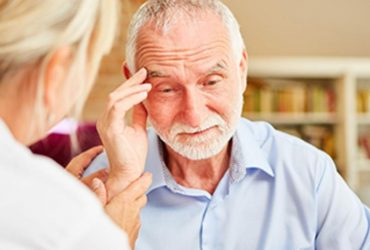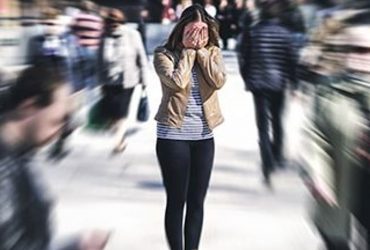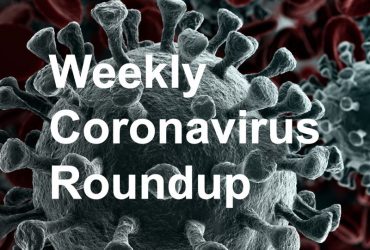10- and 30-year CV risk significantly higher in patients with bipolar disorder, schizophrenia, schizoaffective disorder
Women, including those with mental illness, had a lower risk for self-harm during pregnancy; adolescents had highest risk for self-harm in pregnancy
Risk increased for developing a mental health issue, self-harm, and psychiatric hospitalization after a concussion
No indirect associations seen for symptoms of depression and anxiety with migraine, nonmigraine frequent headache
Reduction seen in rate of change in modifiable cardiovascular risk, but most changes in individual modifiable risk factors were not significant
Risks for disability and transition to probable dementia increased after ICU stay for seniors with dual eligibility for Medicare and Medicaid
Psychological interventions have small-to-medium beneficial effect on improving migraine frequency, pain intensity
Findings seen across psychiatric diagnoses, with stronger association noted among men
President’s plan includes a special focus on school-age youth


